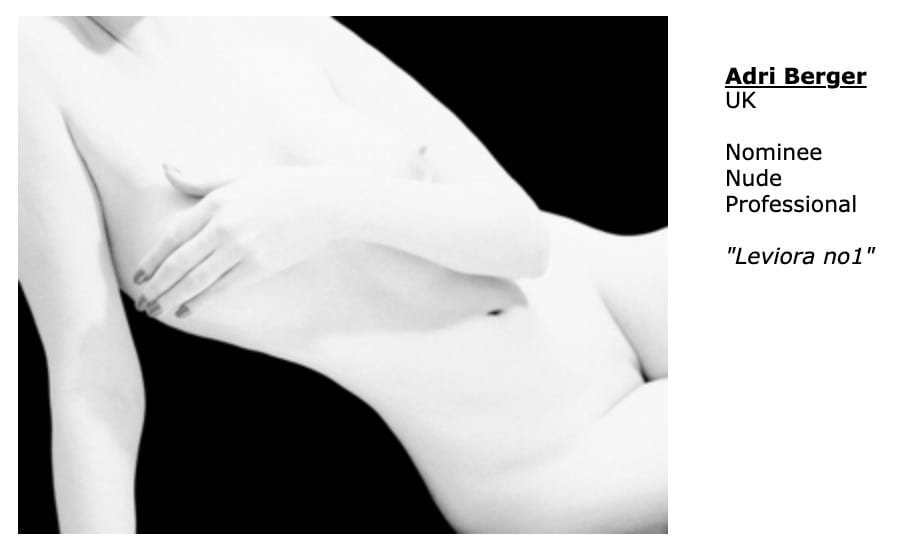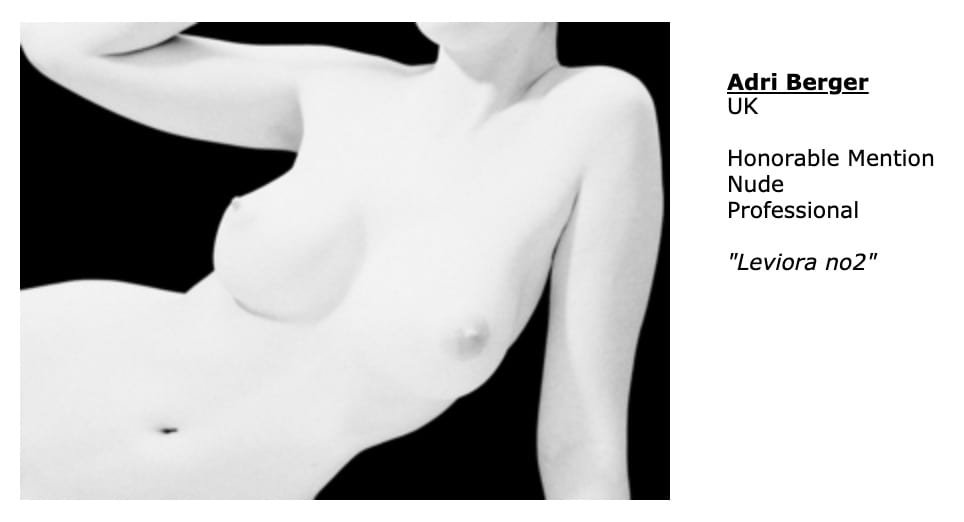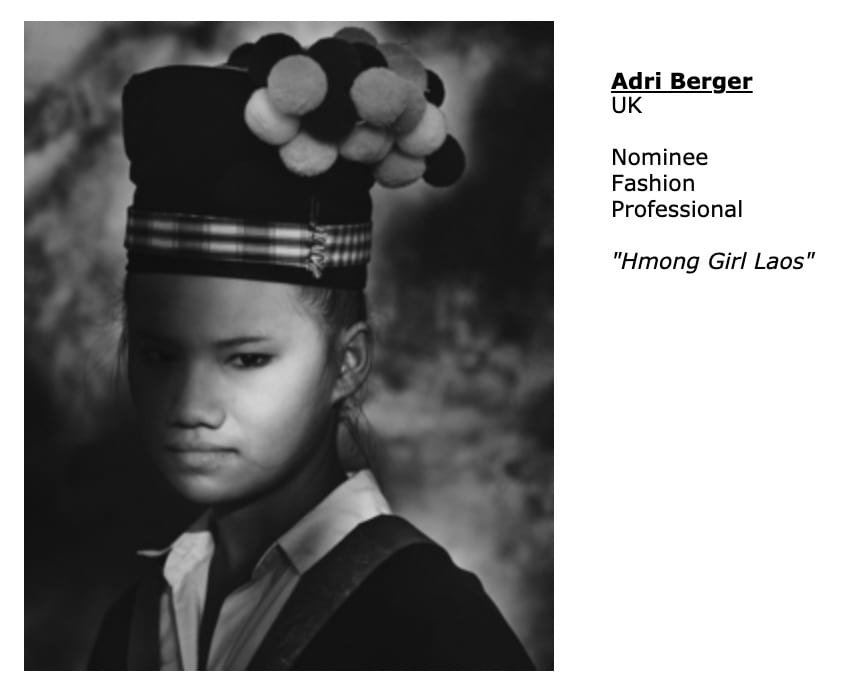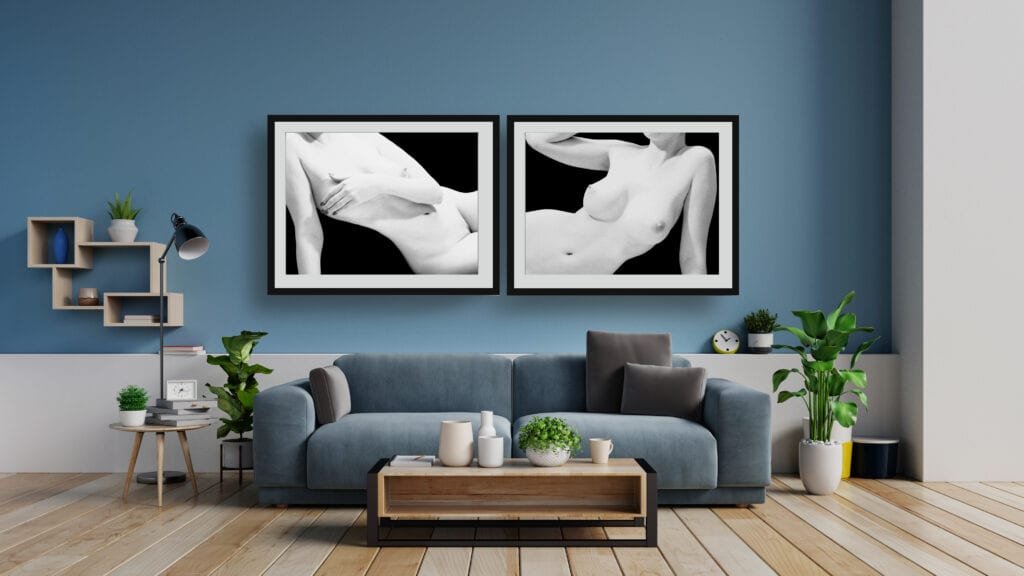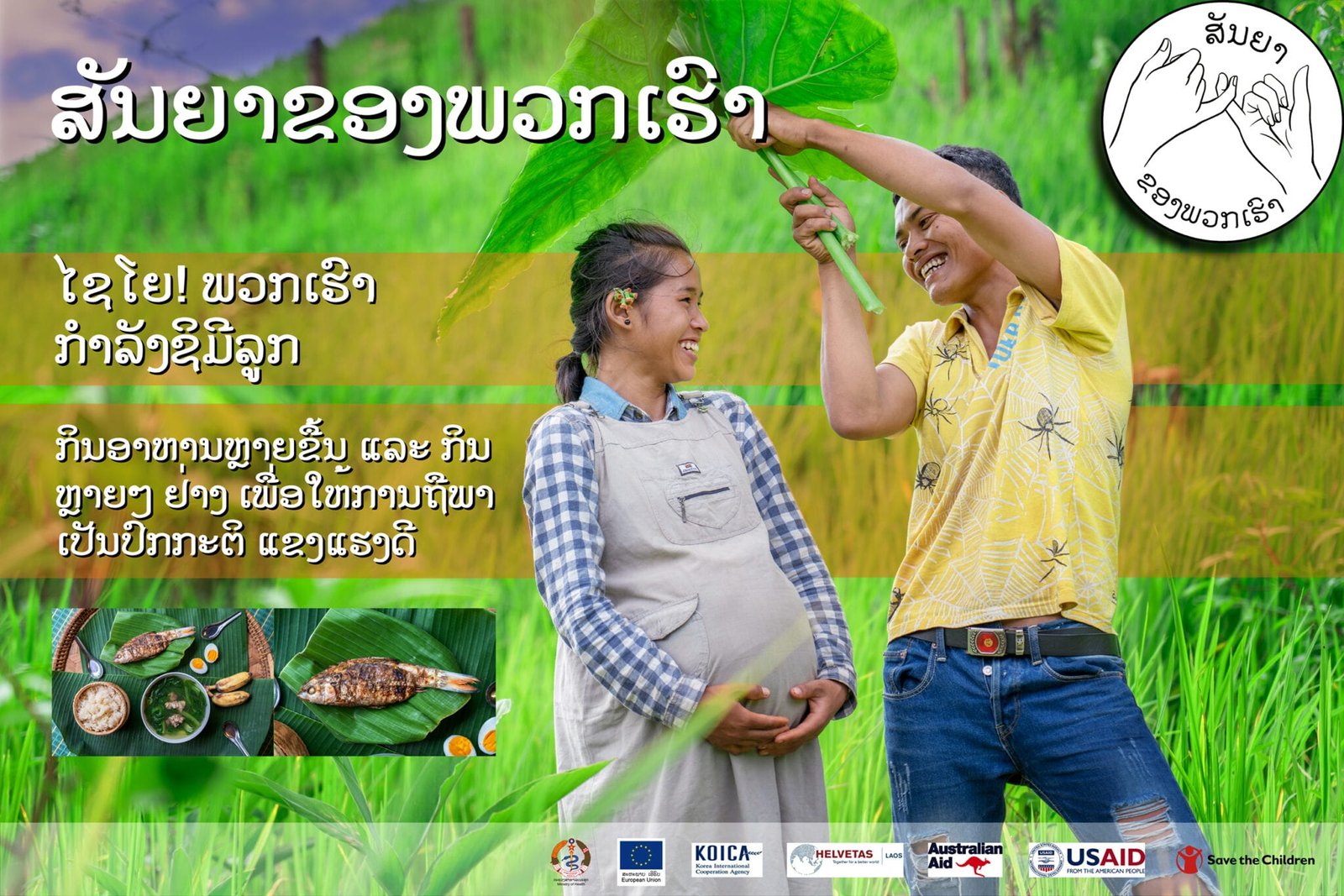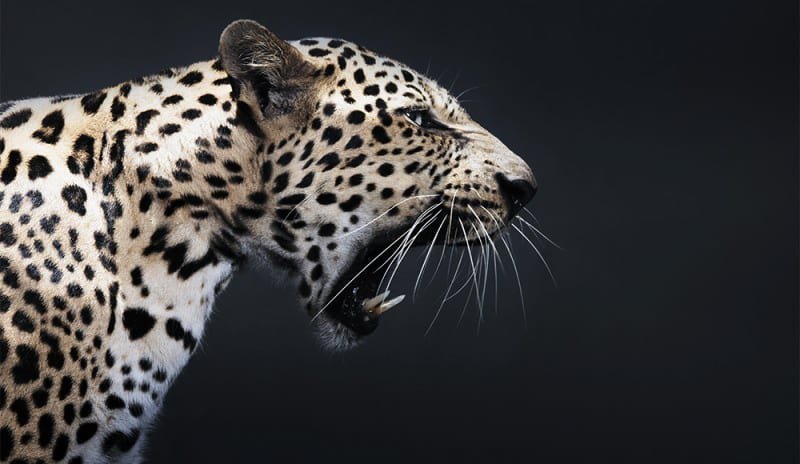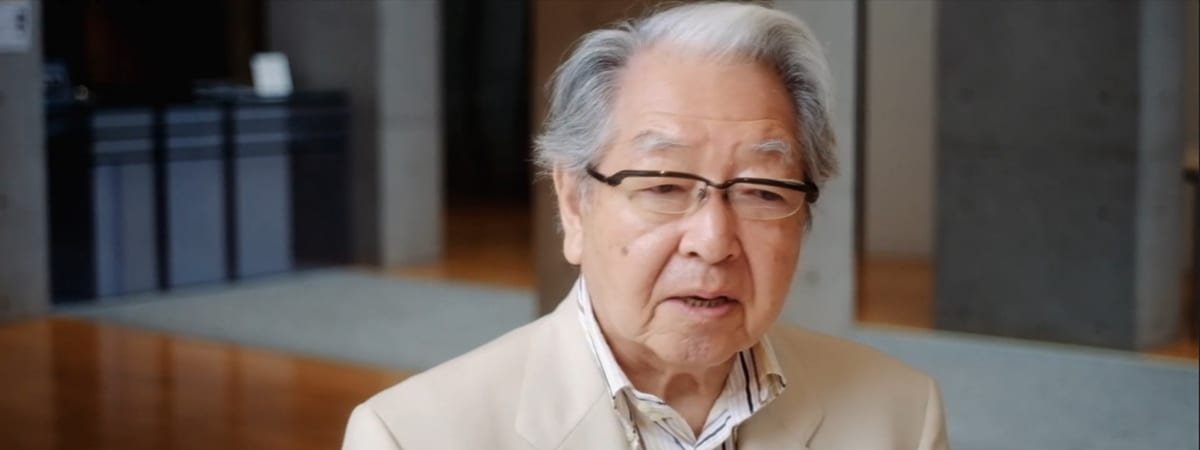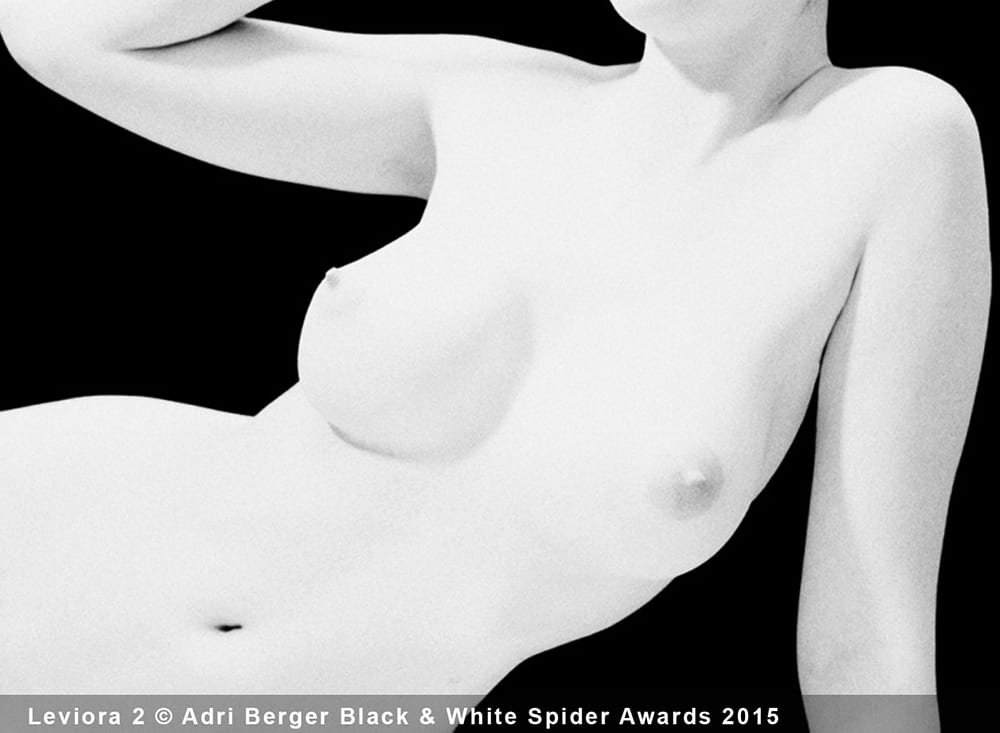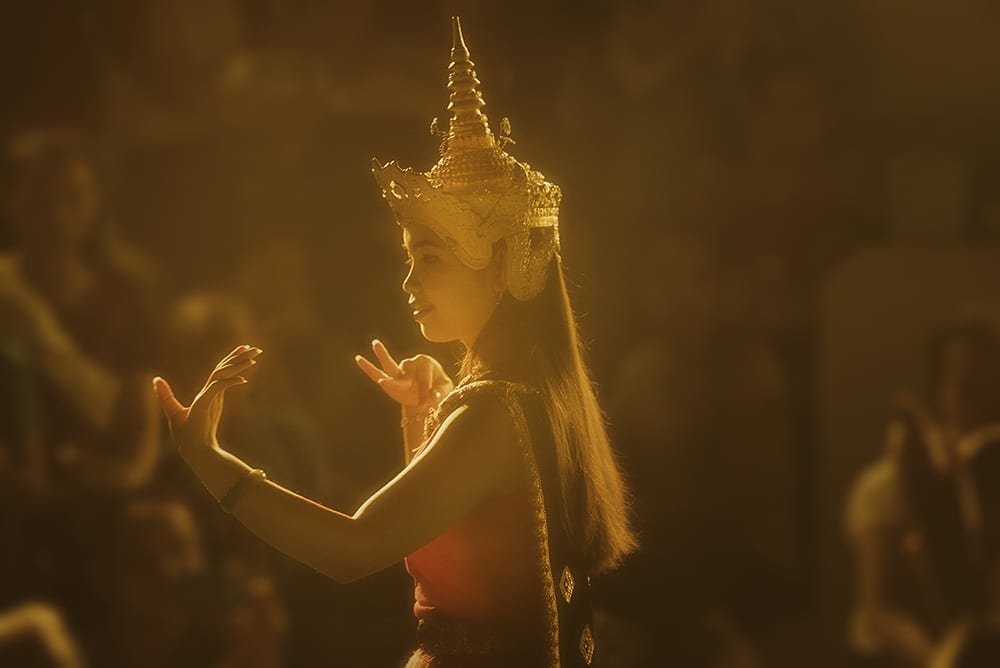EDITING – PHOTO – VIDEO
What is photo editing?
Simply put it is the act of altering an image. But it is a subject which can be quite complex.
For example, some photo editing techniques are done manually, while others are conducted through automated software. Some photo editing is even done offline, on actual photographs, posters or other printed collateral.
Other terms for photo editing:
Image editing, post-processing, image/photo manipulation, ‘photoshopping’, image/photo enhancement etc.
Simple photo-editing techniques include:
- Noise reduction: smoothing the picture out, typically accomplished by reducing the pixel size
- White balance: the color of the light in the image
- Contrast: higher contrast makes an image more punchy, while lower contrast makes it flatter in color
- Exposure: the brightness of the photo
- Lens correction: addresses any issues with the camera lens
- Color adjustments: change the color of an item or element in the photo
- Resizing and cropping: adjust the dimensions of the image
- Background removal: delete the background from the image, isolating the subject (this is often used for white background product photography)
The more complex, advanced techniques include:
- Clipping paths: extract a subject or element from an image
- Portrait corrections: fix the complexion of people in images
- Drop and reflection shadow: create or adjust shadows
- Special effects: this can mean an array of things, from animation to adding weather conditions like fog or snow
- Adjusting text and visuals: add overlays or manipulate what’s already there
- Photo stitching: when you seamlessly put two images together to make it look as though they were shot that way
- Photo masking and Layers: the process of hiding and revealing specified portions of an image
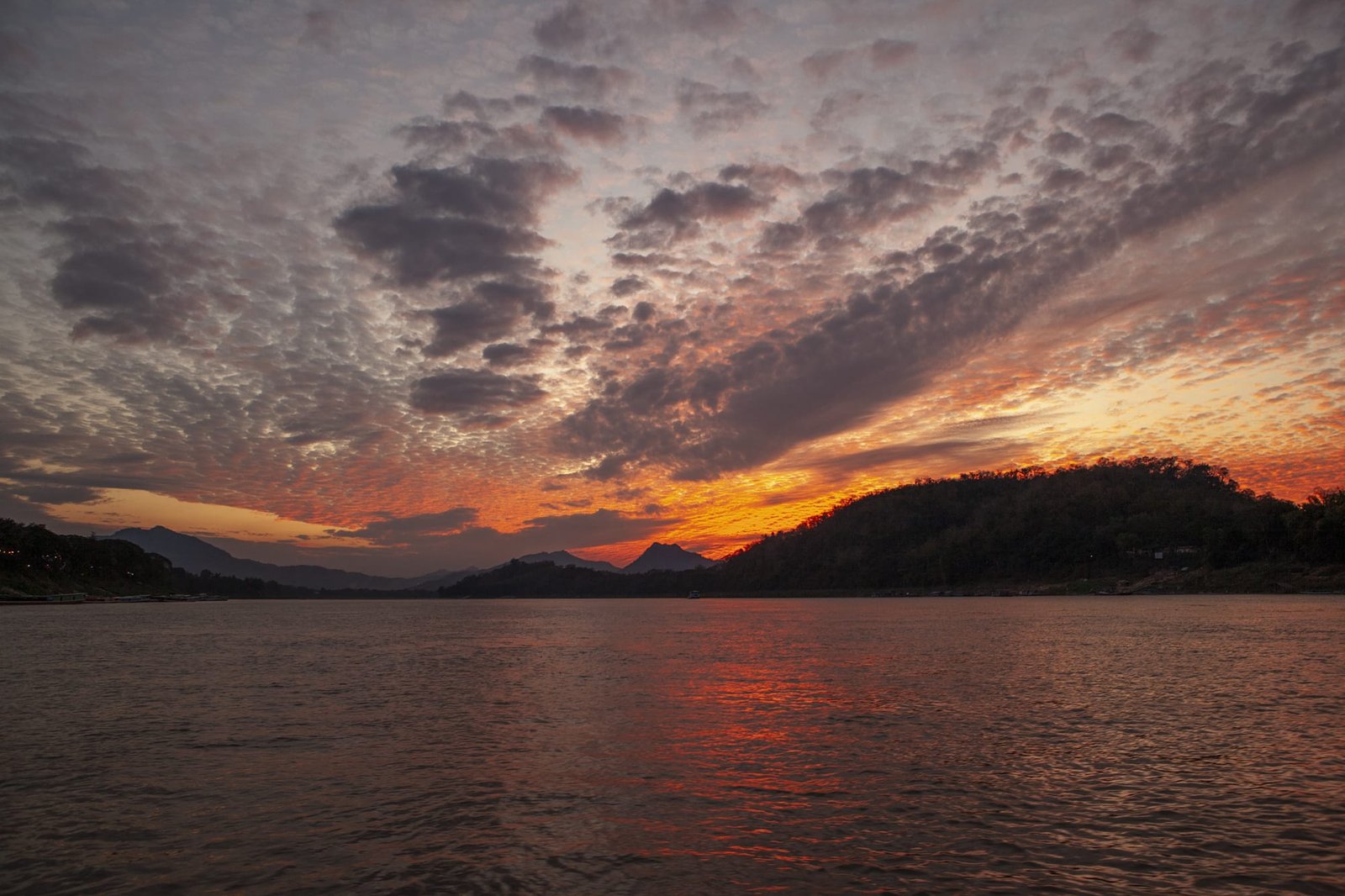

A simple example of converting a colour photo in to a black & white photo. I used the colour separation to enhance the contrast by pushing red, plus a few more tricks to help the conversion look good. Often the editing needed also depends on the type of paper used for printing. A softer matte paper often needs more contrast but not to the extend that the blacks become too dark.
Baryta papers on the other hand can often handle subtler tones and can look sharper but it really depends on the image and I can give advice on each photograph once I know how and where the art work will be displayed.
For Video Editing please visit our production company:
RUNNING REEL
Recycled Artists
Buy into Art more easily
Through online galleries it becomes easier to buy into art after learning and reading more about an artist’s collection of works. Often pricing plays a role too and there is a demand for high quality limited edition prints at affordable prices and printed to top specs fit for a museum.
Prints of my work can be purchased via Recycled Artists, however, I ofcourse also continue to sell prints through my own website. Just drop me a line; hello@adriberger.net
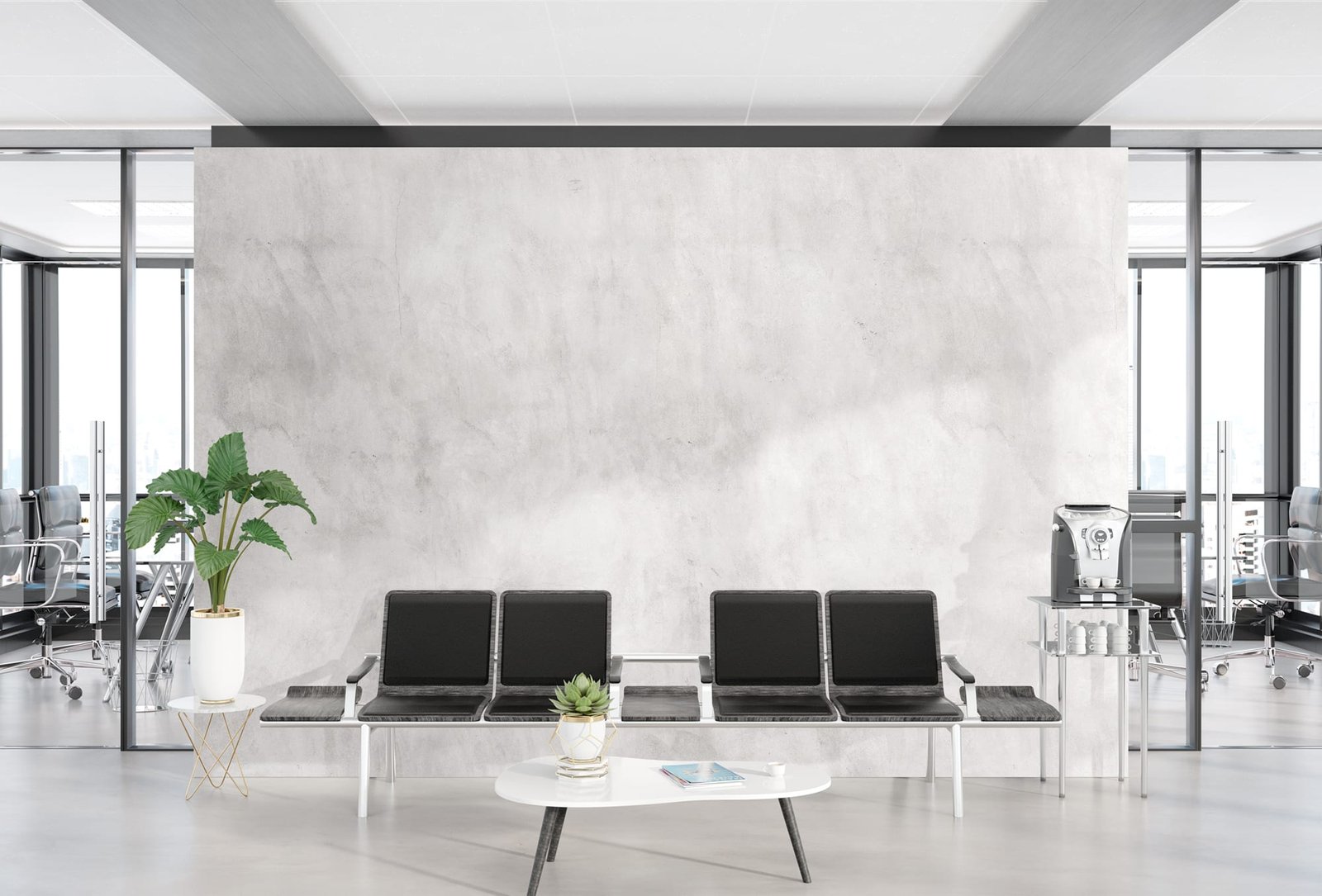

The transformation of space: Move the slider to see the change.
A triptych of a limited editon of screen prints hand pulled by Wayne Johnson, London of photographs by artist Adri Berger. Signed on each print.
Four colours; silver, bronze, cream and black on Somerset Satin paper. This is a 100% cotton acid free and mould made paper.
The sheet size is 30 inch x 40 inch with an image size of 26.5 x 31 inch.
Contact us for more info; hello@recycledartists.net
Prevalent feature in Vietnam, the Non La hats, incredibly versatile.
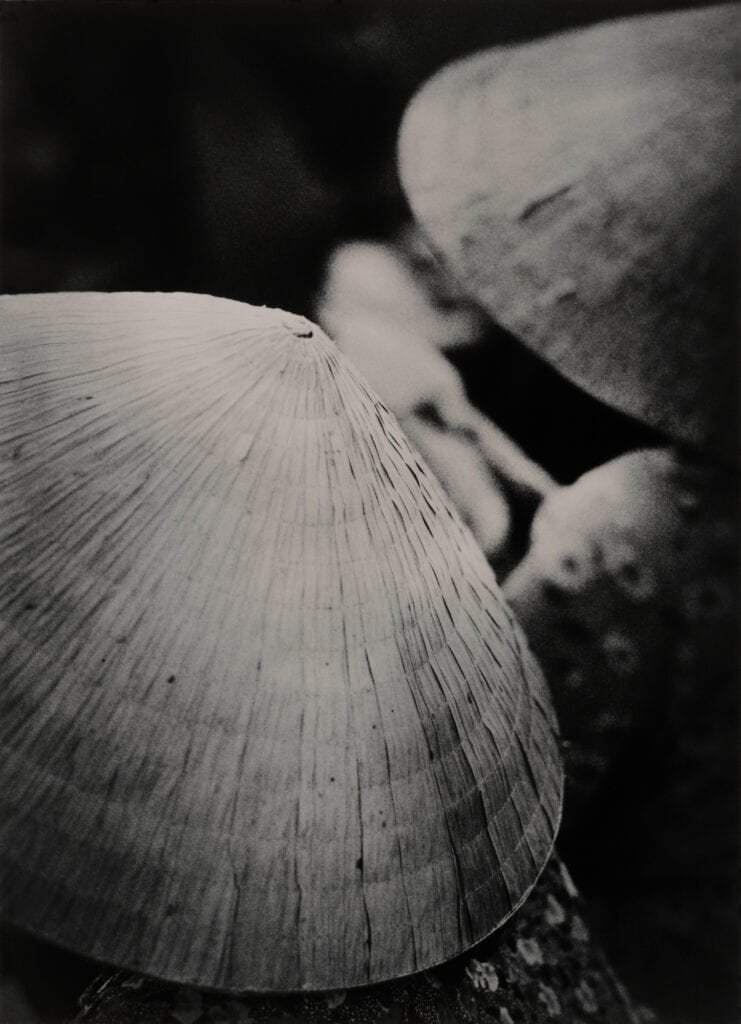

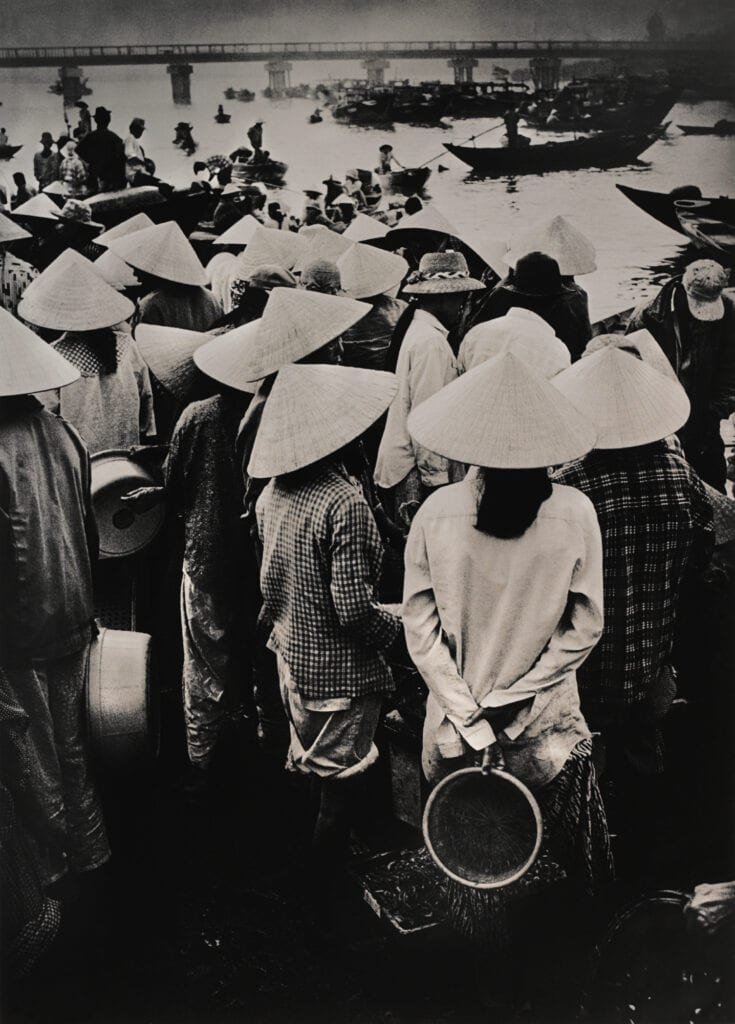



From my Buddha Head collection; Existence
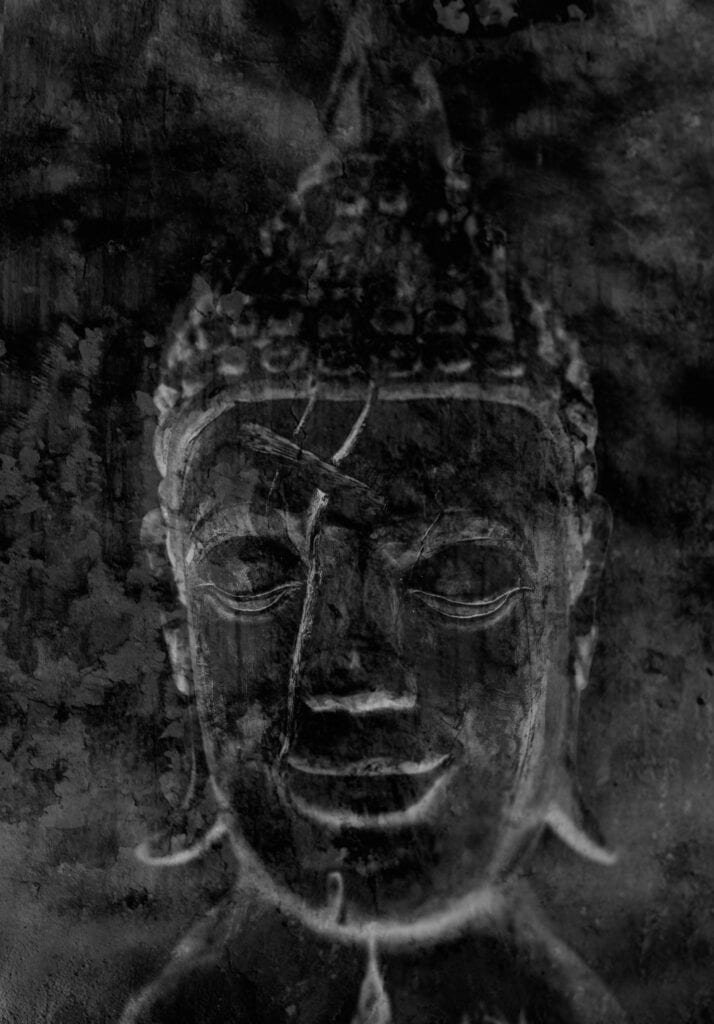

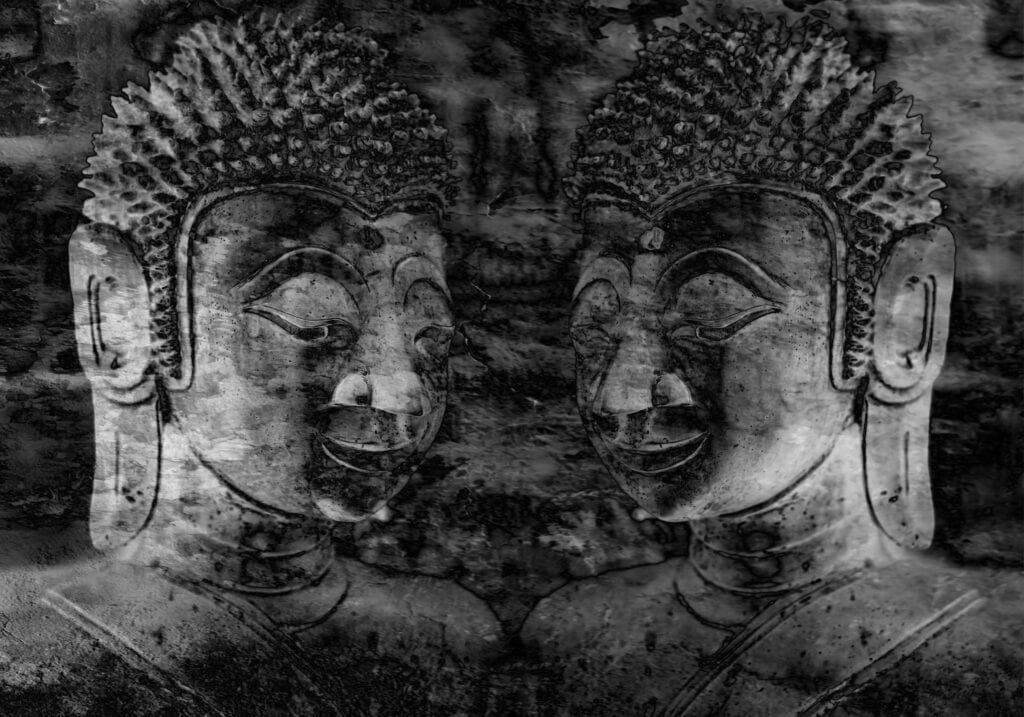




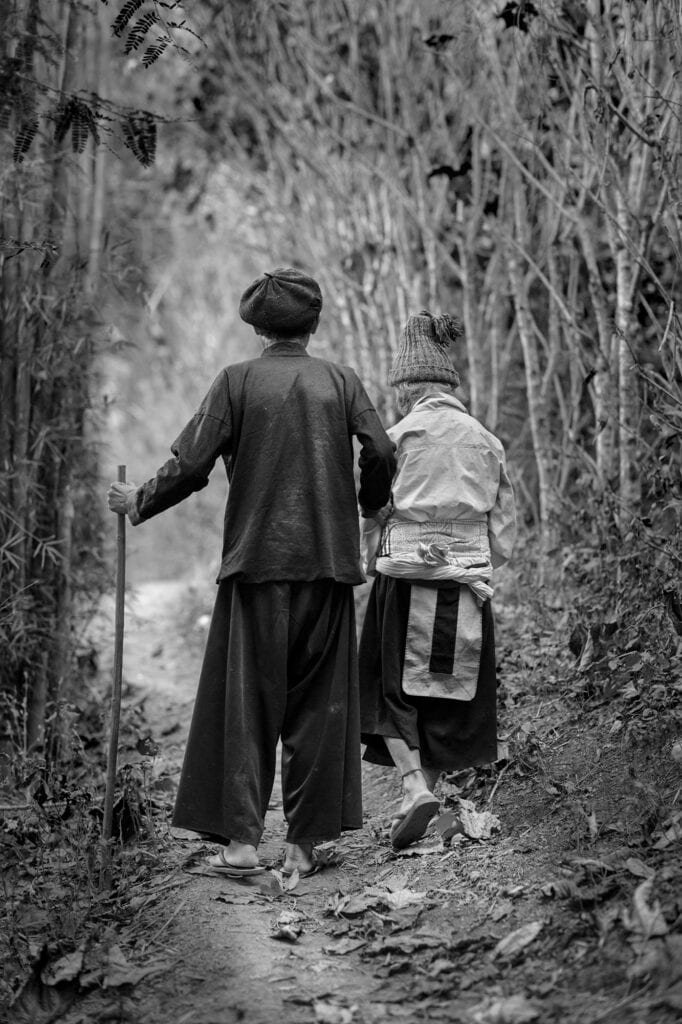


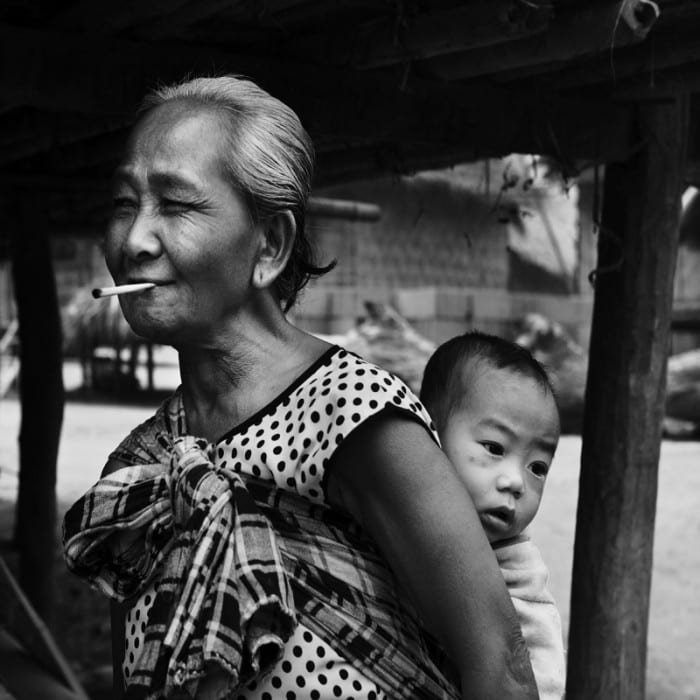

Covid 19 Lao song SCI
Our Promise Campaign in Laos
For more in dept information about the Social Behaviour Change Campaign for Save the Children please visit the Running Reel blog here for Our Promise campaign: Covid 19
And here for the overall campaign: Our Promise












LAO FOOD FOUNDATION
Lao Chefs come together in Luang Prabang.
Lao chefs from both the US and Laos met in the north of Laos and exchanged ideas about Lao food, traditions and the surge in recognition this unique cuisine is experiencing in many parts of the world.




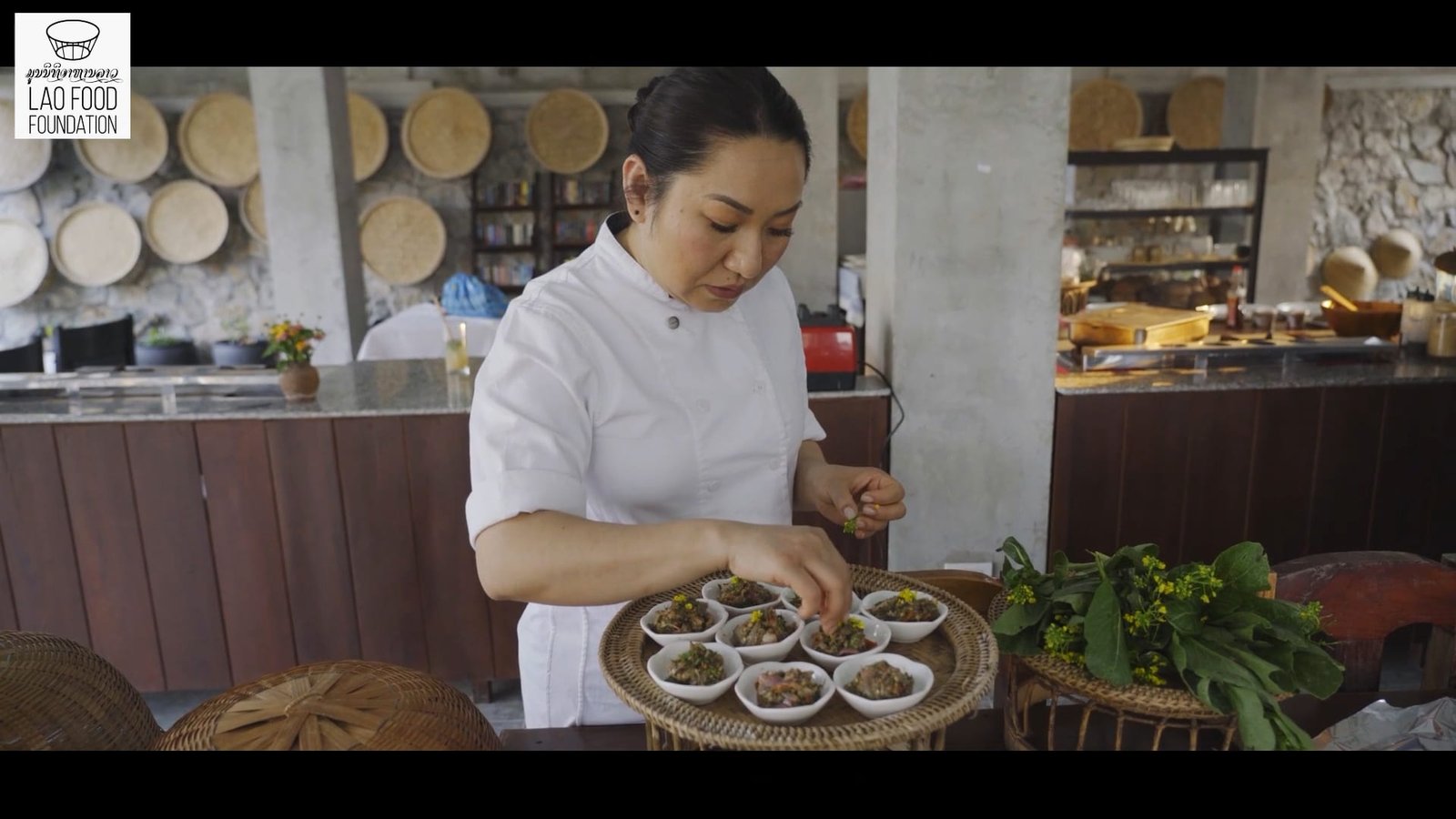



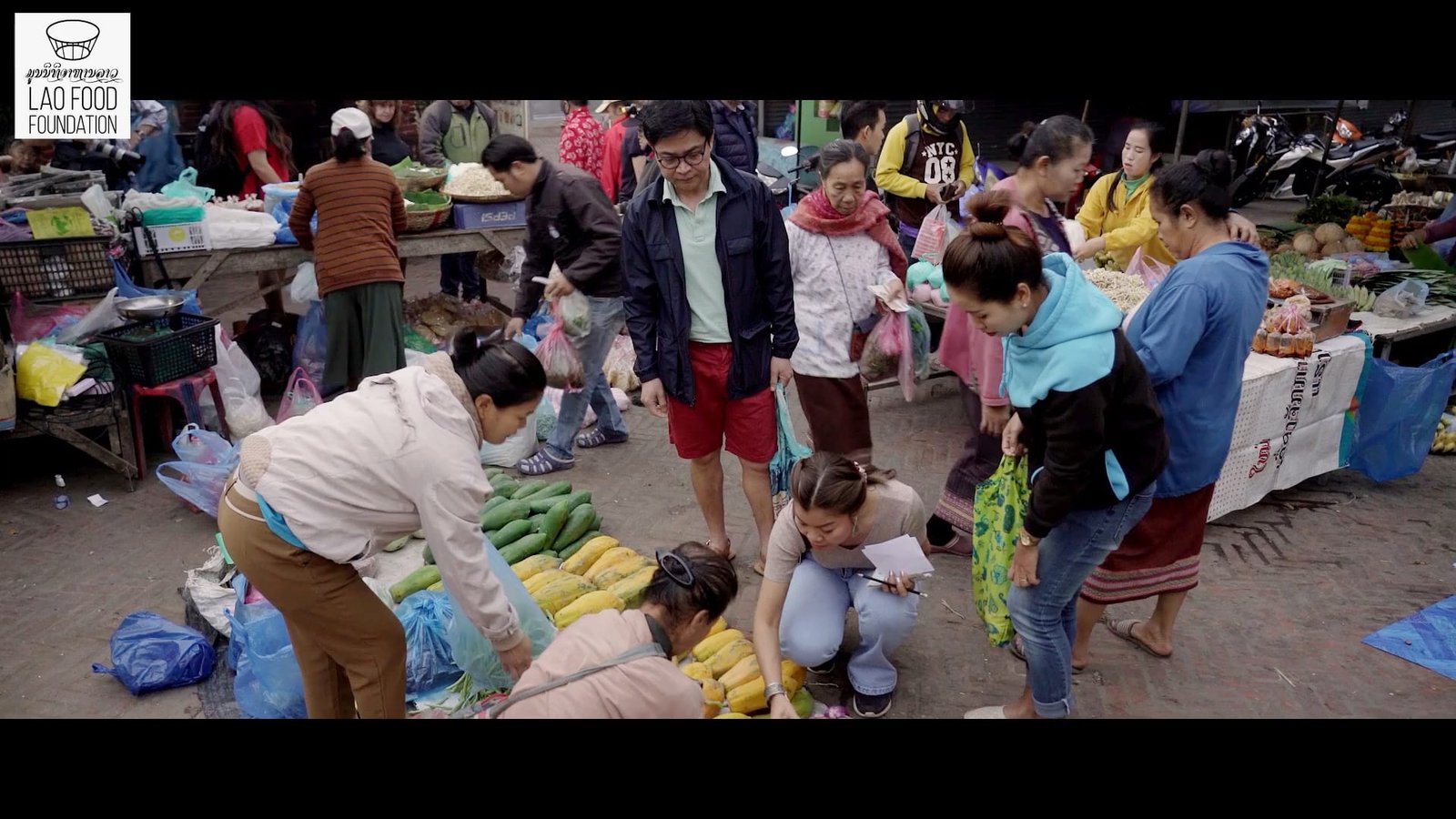



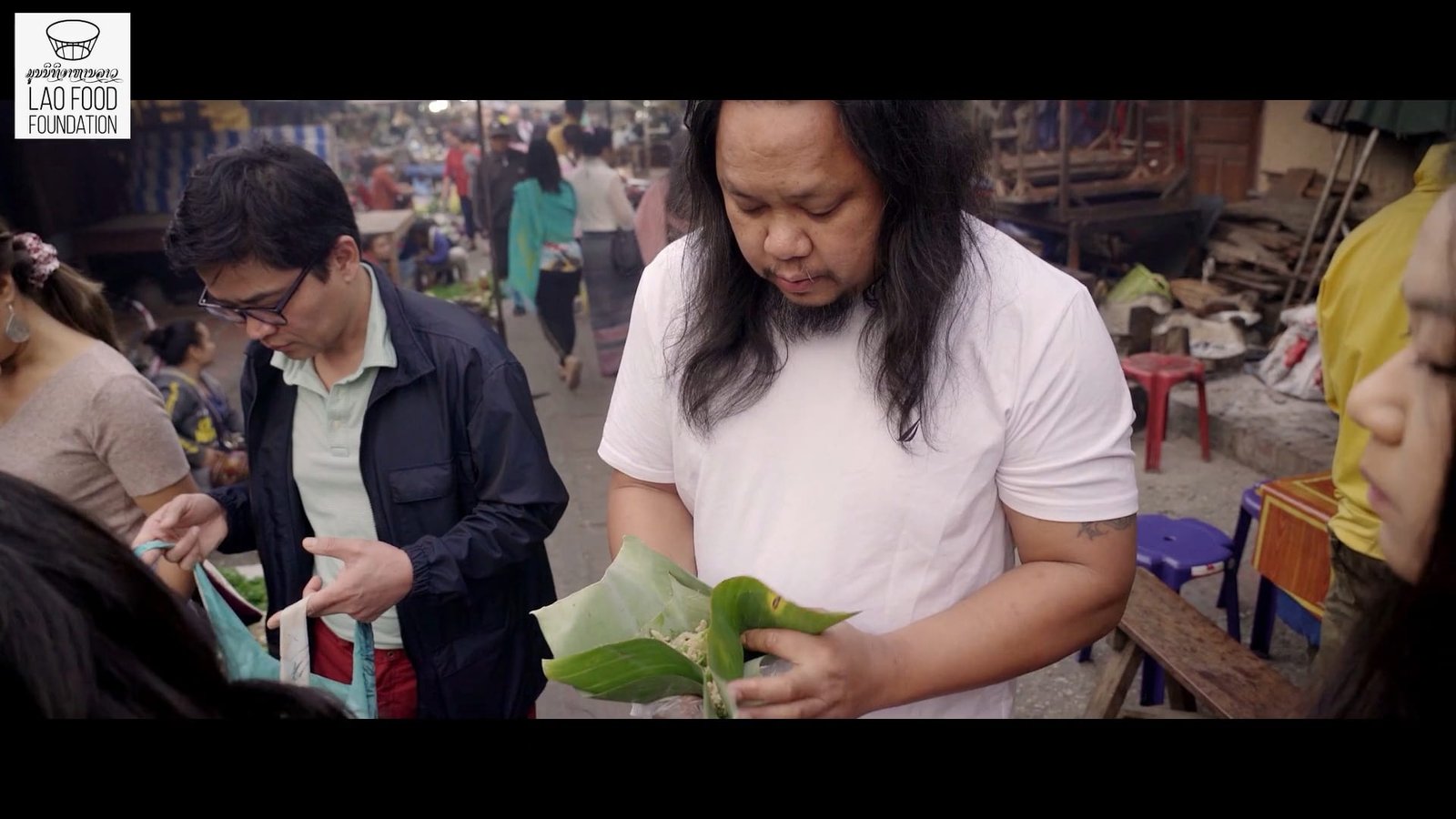

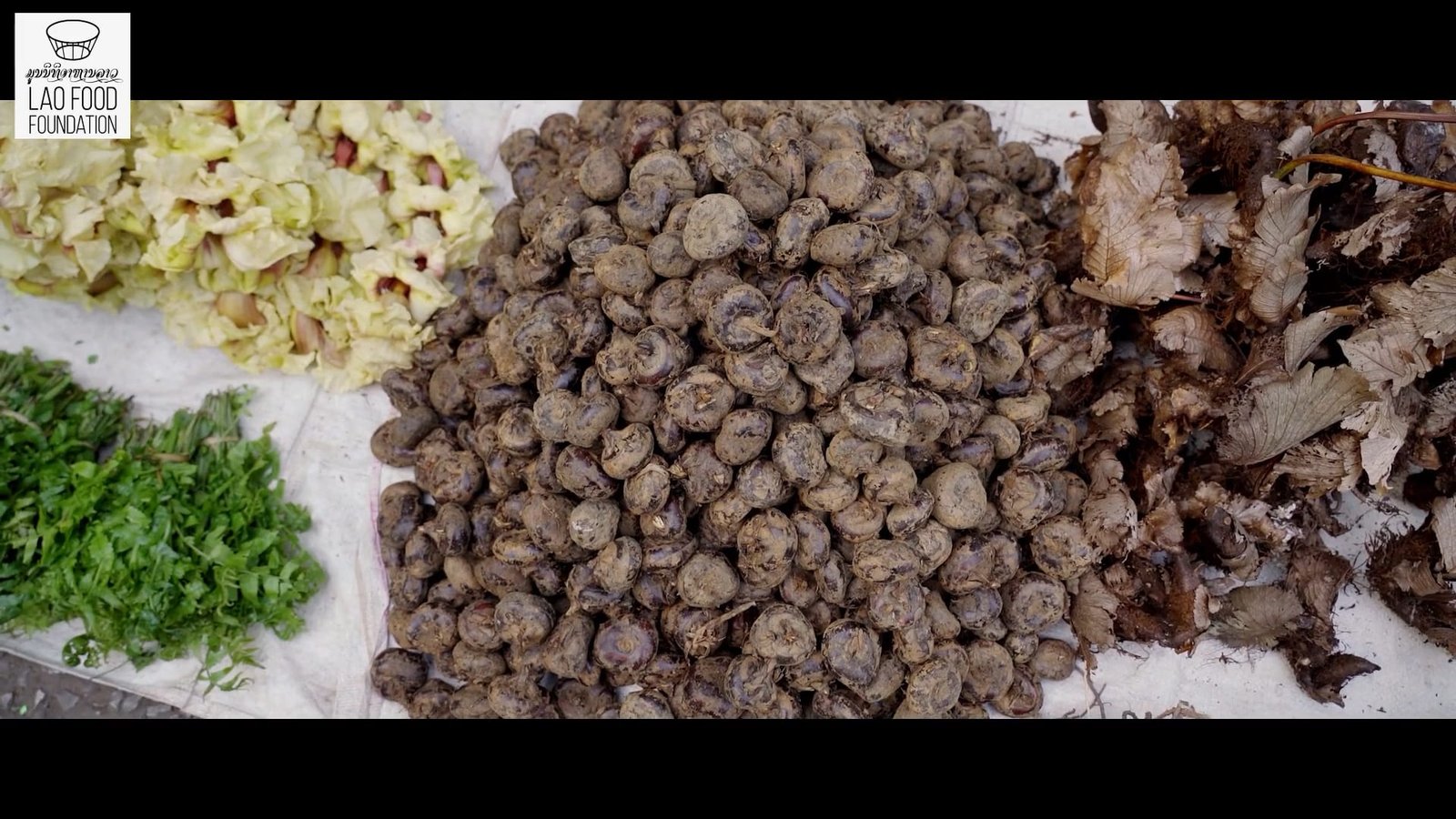

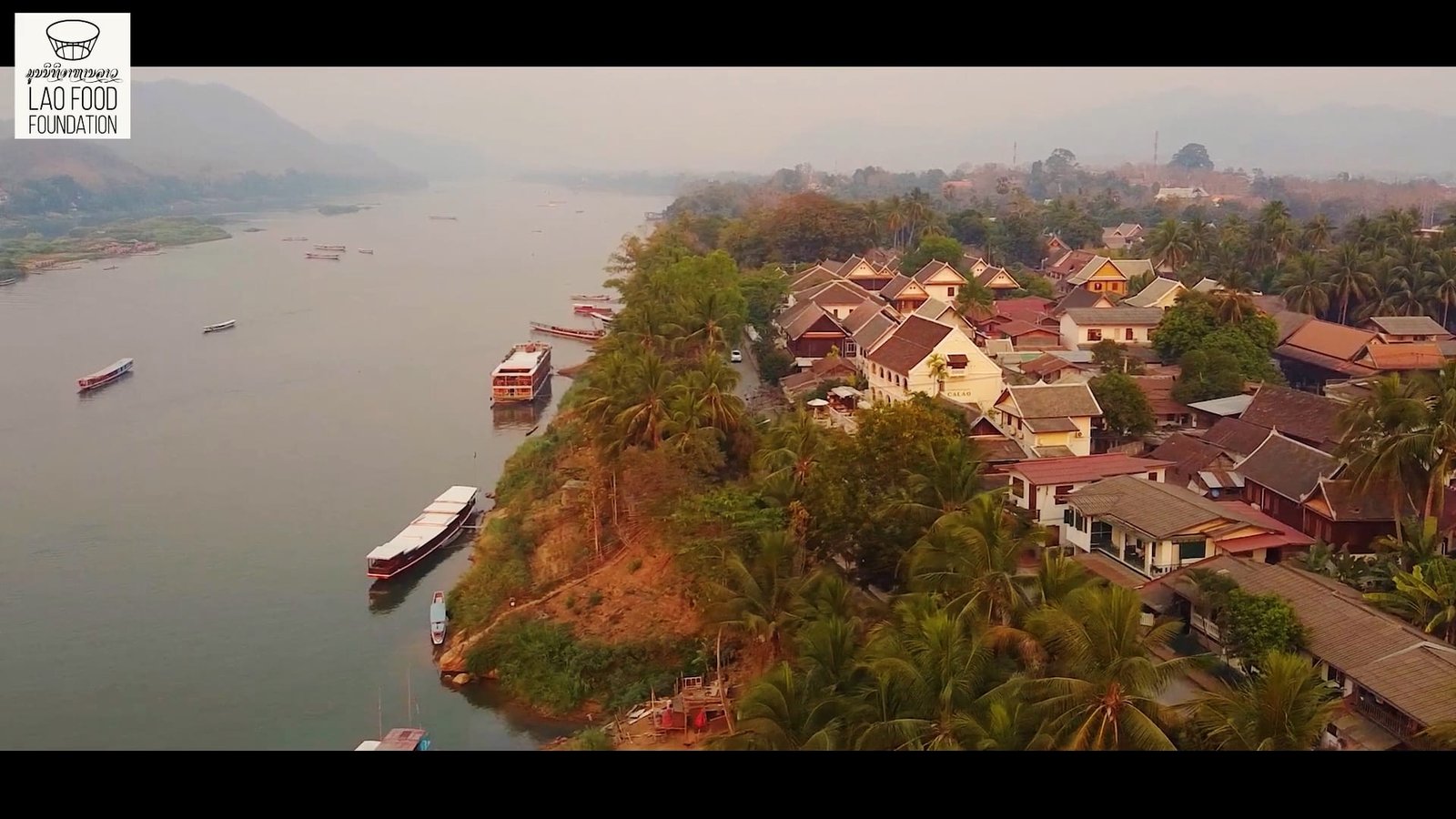





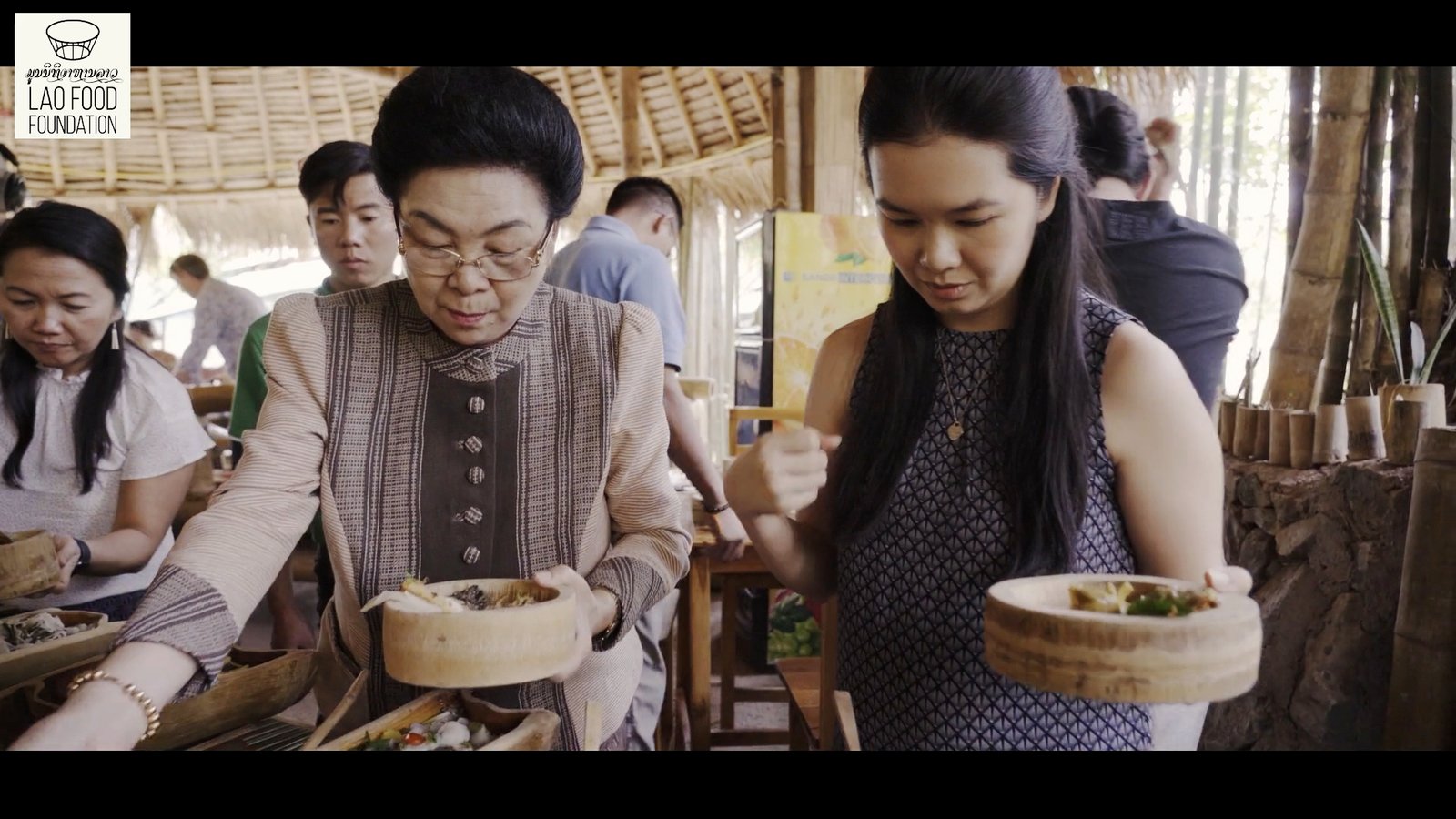



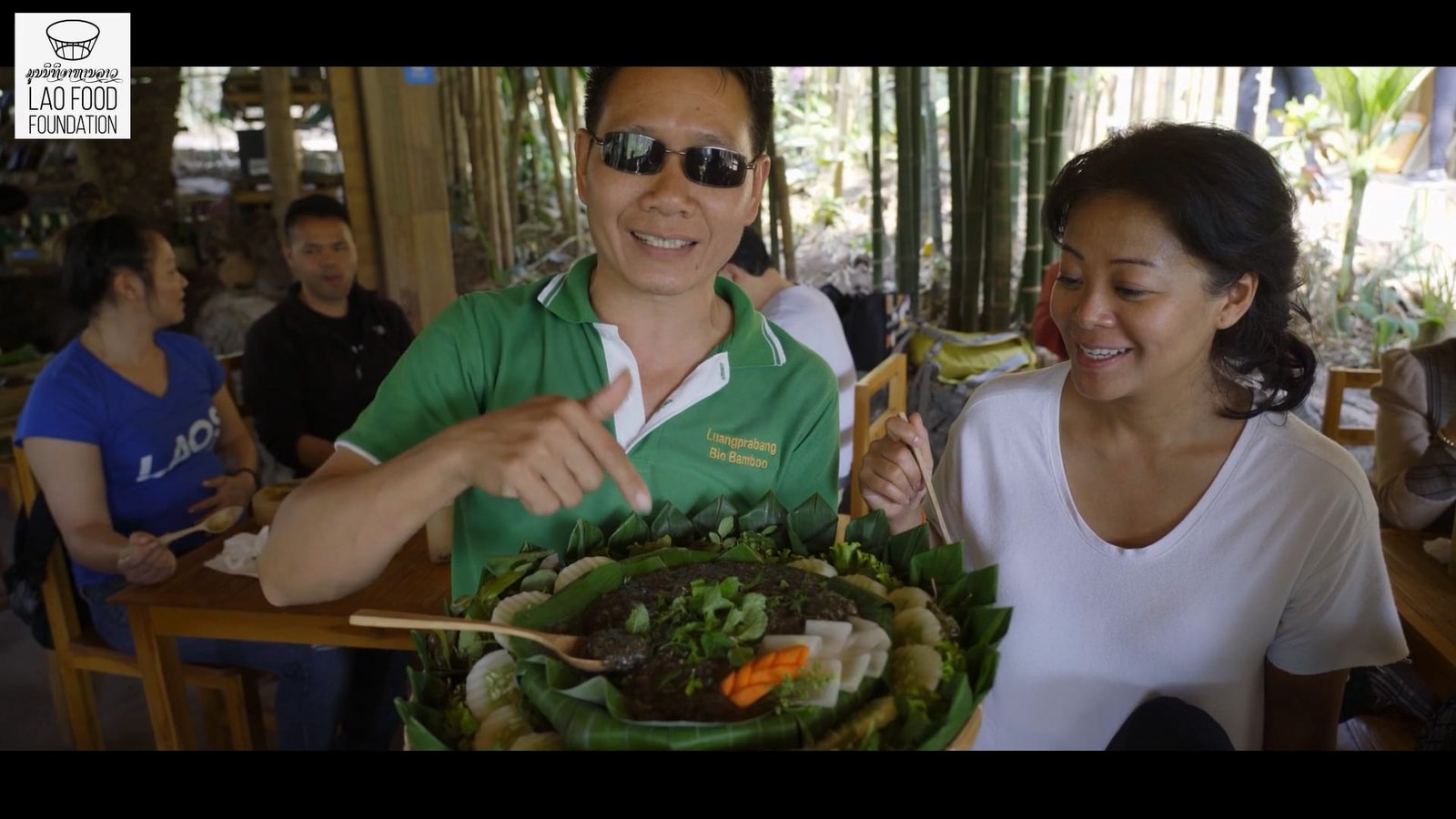



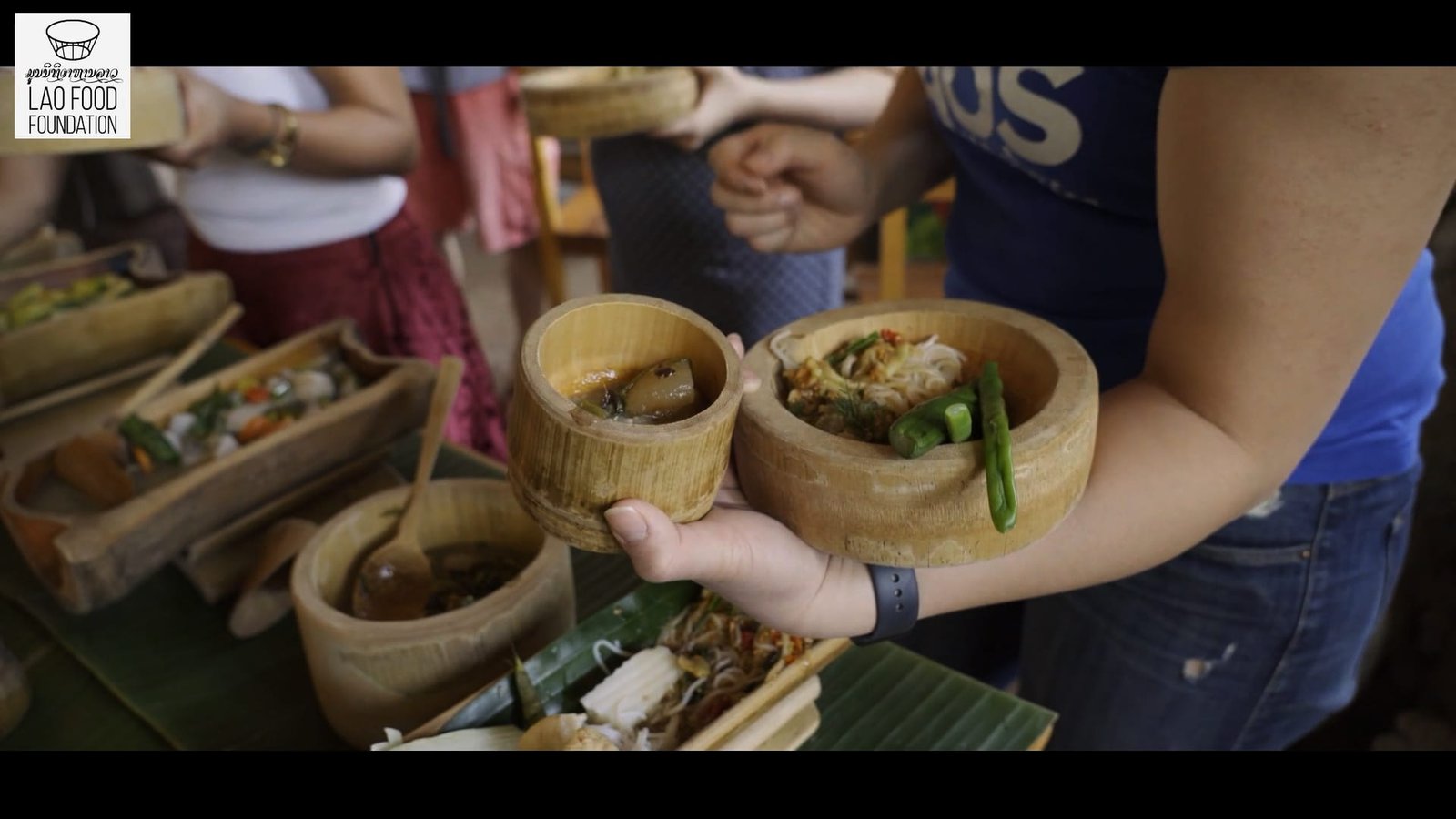



The intro by Channapha Khamvongsa was recorded later on as the group had to quickly make their way home after the news of Covid 19 started to effect people’s travel arrangements.
Our Promise posters
The our promise campaign was created for Save the Children and addresses the issues of mal-nutrition and stunting in the Lao PDR. The posters shown here were only a small part of the media materials we created and for tose interested please see the campaign work and description of how we put this together on the blog pages of Running Reel the company I work with for film and production work.
For more information please click this link: Running Reel Blog


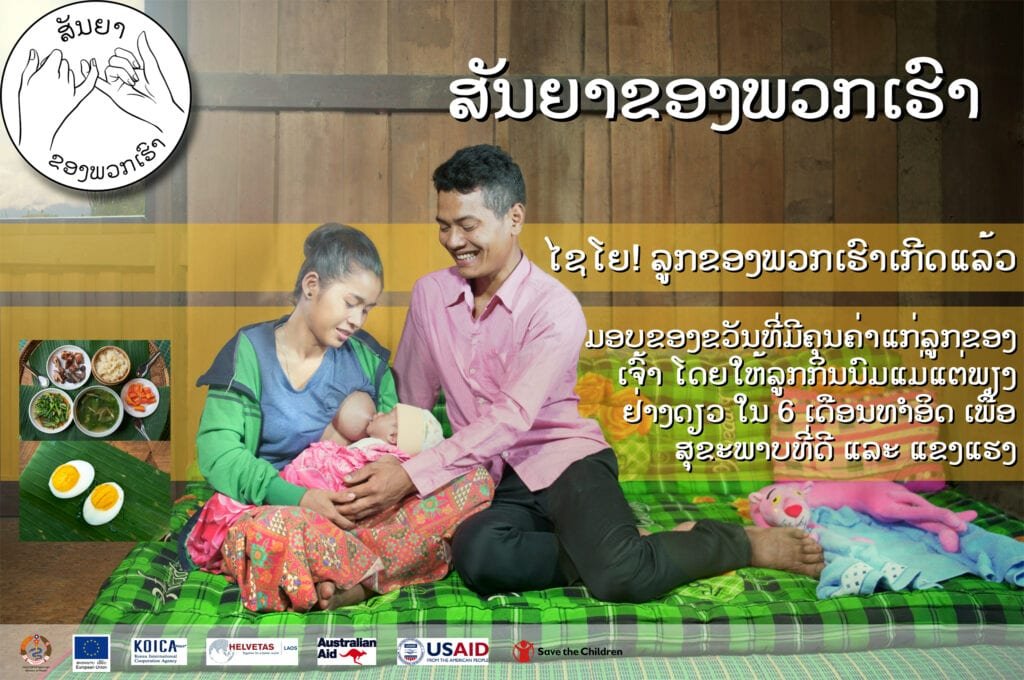

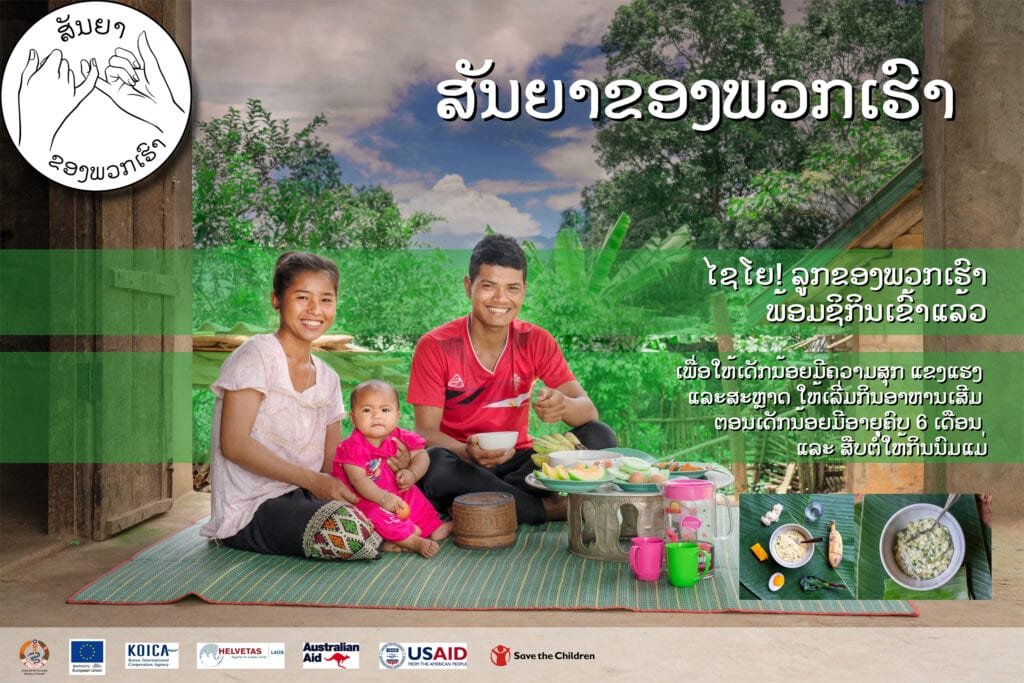



Running Reel
For our film and video work: We provide media content and production assistance for all your multi media projects. Please check our the website.
Eikoh Hosoe
Eikoh Hosoe (細江 英公, Hosoe Eikō, born 18 March 1933 in Yonezawa, Yamagata) is a Japanese photographer and filmmaker who emerged in the experimental arts movement of post-World War II Japan. He is known for his psychologically charged images, often exploring subjects such as death, erotic obsession, and irrationality. Through his friendships and artistic collaborations he is linked with the writer Yukio Mishima and 1960s avant-garde artists such as the dancer Tatsumi Hijikata.
He has supported FWAB (Friends Without A Border) for many years. We maded this film to honour him and help promote the Friends Photo Auction.
Black & White Spider Awards 2015
Black & White Spider Awards
This year I received 6 nominations in the prestigious Black & White Spider Awards with one receiving an honourable mention. It’s remains a great stimulation to has ones work accepted among such a great amount of wonderful imagery done by incredibly talented photographers.
For more information please do contact me at any time.
The online link to the awards you can find HERE


